How to choose the size?
The size of the iron-heels is related to the length and width of the shoe. The number of the iron-heels is a rather arbitrary unit, you do not need to take it very seriously. On the site fjm44.com in the section "collector's guide" there are the following examples of original German shoes:
• size 26½ (approximately 40th European) = iron-heels No. 19,
• size 29½ (approximately 44th European) = iron-heels No. 20,
• size 30 (approximately 45th European) = iron-heels No. 21.
Why are we giving examples only and not compiling a detailed correspondence table? Because the iron-heels were different, and there are exceptions! The difference in the dimensions of horseshoes number 17 and 20 is only 5 millimeters, even iron-heels with the same number from different manufacturers differ in size! Why to make a fuss about a couple of millimeters in the length of the heel? When tailoring shoes to order nowadays, a shoe maker usually designs a heel to the size of a iron-heel, given that the heels of German marching boots and boots narrowed downwards, that is, to a iron-heel. Iron-heels 17, 18, 19 are suitable for shoes up to size 43, and 20, 21, 22 — up to the size 45.
We offer here several sizes of iron-heels:
• No. 16 (dimensions approximately 6,5х6,5 cm),
• No. 17 (dimensions approximately 7x7 cm),
• No. 18 (dimensions approximately 7 x 7 cm),
• No. 19 (dimensions approximately 7.5 x 7.5 cm),
• No. 20 (dimensions approximately 7.5 x 7.5 cm),
• No. 21 (dimensions approximately 8 x 8 cm).
The size you need to choose before buying. If any size cannot be selected, then it is not on sale (ended).
Description
Original iron-heels made in the Third Reich. Cleaned with sand from severe corrosion, stored in oil, so as not to rust.
This type of iron heels (thin profile with hidden fastening) was widely used for soldier's shoes.
Price for a couple (set for 1 pair of shoes). The photographs show the condition of the iron-heels, we have quantities of iron-heels in stock. You will receive exactly those that you see in the photo or others in the same condition.
What do iron-heels look like after installation?
Iron-heels in this condition can be used for replicas of German shoes. They retained their strength (they cannot be bent even with a strong blow, they are hardened). Most of the surface of the iron-heels is consealed under the layers of leather in the heel when they are installed. Outside, only a thin lower part and side are visible. The sidewall is usually smoothed (sanded) after assembling the heel. And the lower part is trimmed by itself in the first days of wearing. There is no particular point in overpaying for iron-heels in better condition.
In the photo above, the iron-heels in this condition are installed on the shoes "as they are" and sanded during finishing the heels. Further painting of the side of the heel with wax black paint hides the uneven surface.
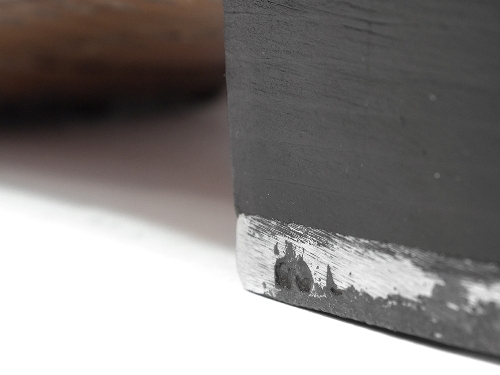
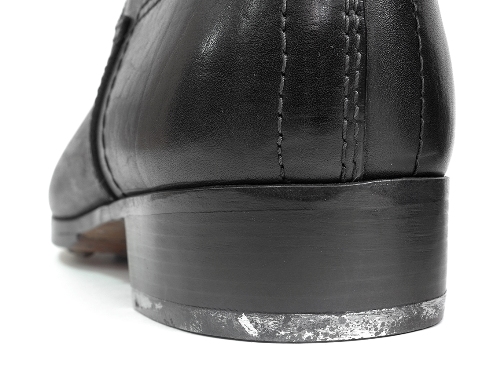
In these two photos above, the iron-heels in this condition were restored with black epoxy resin, after which the heel was sanded, painted and polished. With such a volume of work, the condition of the iron-heels seems to be perfect (the question is: who will look at your iron-heels so closely, especially in the mud of reenactments).










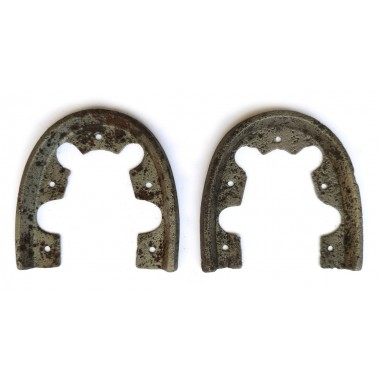










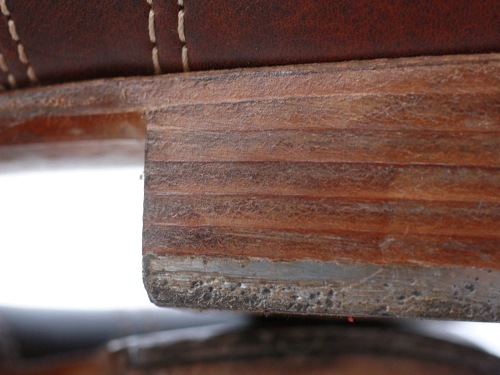
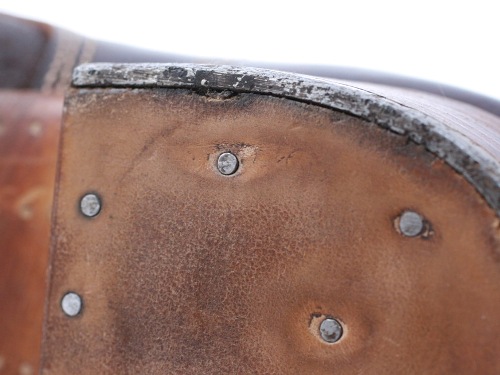
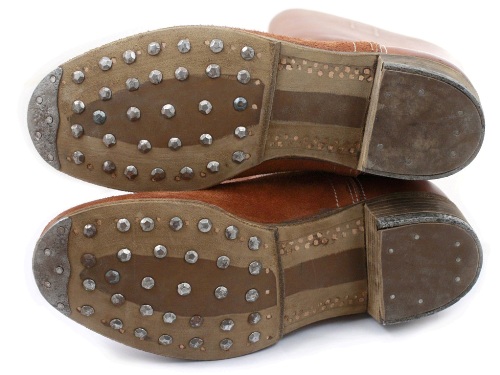
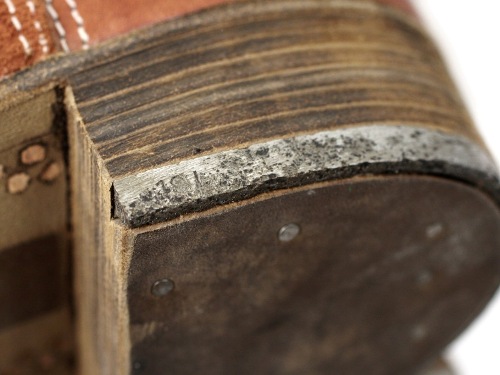
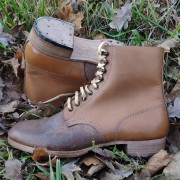
![[on order] German high-boots 35 cm "shark nose" 1939-45 [on order] German high-boots 35 cm "shark nose" 1939-45](https://reenact.store/image/cache/f1bff9f91f7c6e957c5e86c870ed6d17.jpg)
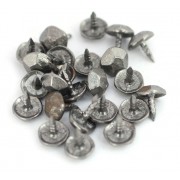
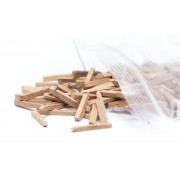
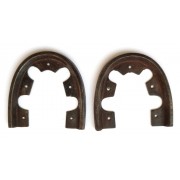
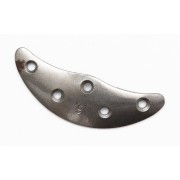
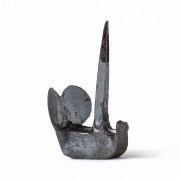
![[on order] German ankle-boots M37 [on order] German ankle-boots M37](https://reenact.store/image/cache/5667337da7ed6f7b7950a1450463c17e.jpg)
![[on order] German ankle-boots M37 with rubber sole [on order] German ankle-boots M37 with rubber sole](https://reenact.store/image/cache/44907145bd93add03529e77571283a85.jpg)
![[on order] German shoes for field camp [on order] German shoes for field camp](https://reenact.store/image/cache/08fc68850f974fcd552cca26fdfea7b7.jpg)
![[on order] High-boots tightening strap [on order] High-boots tightening strap](https://reenact.store/image/cache/d263618c1781731a1aefc361c4ad28c0.jpg)
![[on order] German ankle-boots M37 variant 2 [on order] German ankle-boots M37 variant 2](https://reenact.store/image/cache/f03919d9f1aeb10c9fe66f8370adae05.jpg)